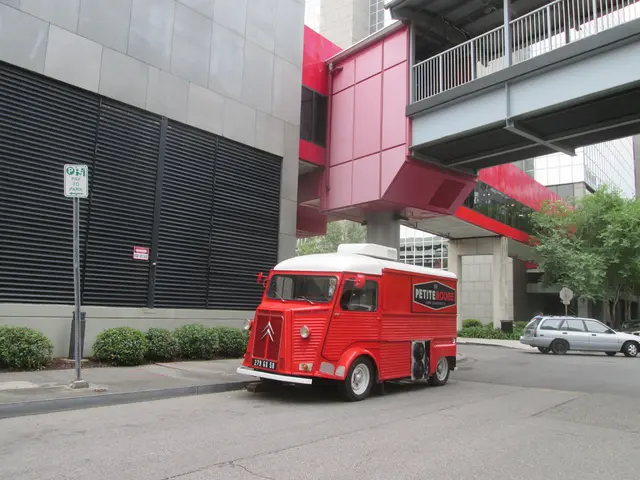Over two hundred thousand 'Nostalgia' license plates distributed in Thuringia region. - Approximately 225,000 instances of yearning for the past found in Thuringia
Thuringia Sees High Prevalence of Vintage License Plates
In the eastern German state of Thuringia, over 225,000 vehicles feature "nostalgic" license plates, a testament to the liberalization of plate designs. The reintroduction of former city and district abbreviations now adorn more than one in six vehicles in the state, according to data from the Statistical State Office. With a total of approximately 1.52 million registered vehicles in Thuringia, this represents a significant portion of the traffic.
The Ilm district boasts the highest proportion of vehicles sporting vintage license plates, with 28,798 out of about 74,255 vehicles exhibiting either the "IL" abbreviation for Ilmenau or "ARN" for Arnstadt. This amounts to a share of 38.8 percent. The Unstrut-Hainich district follows closely, with 36.6 percent, featuring the license plate abbreviations "MHL" (Mühlhausen) and "LSZ" (Langensalza). Completing the top three is the Saale-Orla district, with 34.7 percent, showcasing the old plates "PN" (Pößneck), "LBS" (Lobenstein), and "SCZ" (Schleiz).
The Weimar district, however, has the least distribution of such vintage plates, with 7,153 out of a total of 65,473 license plates displaying the Apolda abbreviation, "APD." This equates to just 10.9 percent.
While this surge in vintage license plates adds a touch of nostalgia to Thuringia's roads, the term "old license plates" could encompass vehicles with older registration numbers or those that have not been updated to meet modern standards. However, specific data regarding the impact of these plates on traffic distribution or their regional distribution is not available.
Regarding the broader context, the reintroduction of these vintage plates is a result of license plate liberalization, a movement that allows for more design variability on license plates. This trend has gained popularity across Germany, but the specifics of Thuringia's implementation and its subsequent impact remain to be fully understood.
- The Community policy on license plate designs in Thuringia, reflecting the liberalization, encourages the use of vintage plates in vehicle registration, as evidenced by the high prevalence.
- The employment policy within the automotive industry, including the financing and transportation sectors, may be affected by the surge in vintage license plates, given their impact on traffic distribution and regional identification, though specific data on this is currently not available.
- The lifestyle choices of residents in Thuringia, particularly those living in the Ilm, Unstrut-Hainich, and Saale-Orla districts, heavily lean towards vintage or nostalgic preferences, as indicated by the high proportion of vehicles featuring vintage license plates in these areas.








